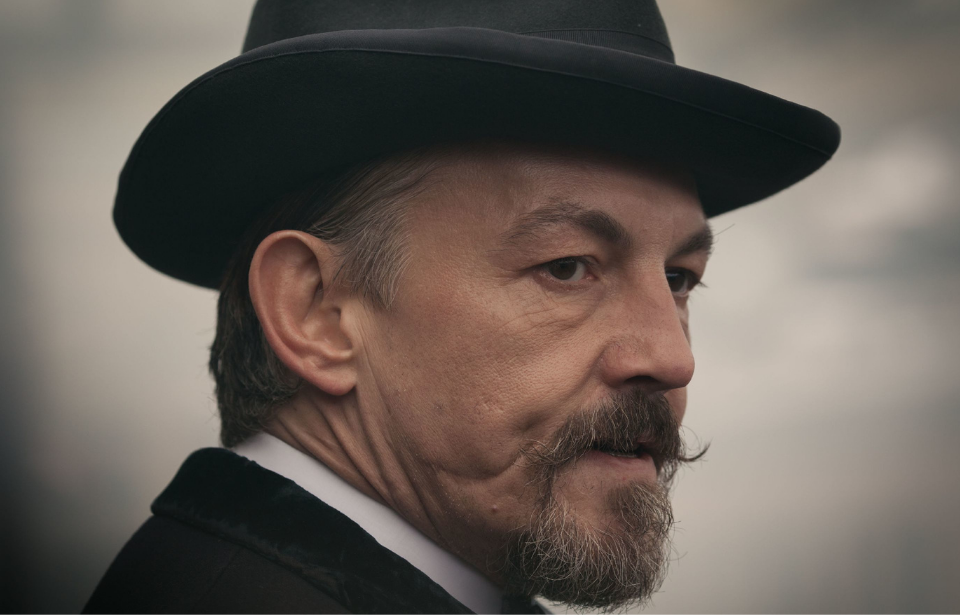The Glasgow smile, often shrouded in mystery and intrigue, is a term that evokes a range of emotions and interpretations. Known for its association with violence and street culture, this phrase has transcended mere definition to embody a complex social phenomenon. In this article, we delve into the origins, implications, and cultural significance of the Glasgow smile, exploring its dark history while shedding light on its representation in popular media and society.
The term "Glasgow smile" primarily refers to the facial scars that result from a violent act where a person’s cheeks are cut from the corners of the mouth, creating a grotesque smile effect. This brutal practice is said to have its roots in the gritty streets of Glasgow, Scotland, where gang violence and territorial disputes were rampant. However, it is crucial to understand that the Glasgow smile is more than just a physical scar; it represents a broader narrative about resilience, survival, and the harsh realities faced by individuals in urban environments.
As we journey through the history and cultural connotations of the Glasgow smile, we will also examine its appearances in film, literature, and music. How did this grim expression evolve from a violent act into a symbol of defiance and toughness? Join us as we explore the multifaceted nature of the Glasgow smile and its impact on Scottish culture and beyond.
Read also:Oahu Auctions A Guide To Island Treasures And Opportunities
What is the Historical Background of the Glasgow Smile?
The Glasgow smile, also known as the "Glasgow grin," has a tumultuous history that dates back to the mid-20th century. This violent practice was often associated with street gangs in Glasgow, where disputes were settled through brutal acts of violence. The scars left on the face of the victim were not just physical reminders of the attack, but they also served as a badge of honor among gang members.
How Did the Glasgow Smile Get Its Name?
The term "Glasgow smile" is believed to have originated from the city’s notorious reputation for violence and gang culture. The practice gained notoriety in the 1920s and 1930s, particularly in the working-class neighborhoods of Glasgow. Victims of this attack would often be left with a permanent smile etched into their face, which became a grim symbol of the city's struggles and the resilience of its people.
Can You Identify Notable Incidents of the Glasgow Smile in History?
Several notable incidents throughout history have brought attention to the Glasgow smile, often through sensationalized media coverage. Some infamous gang-related events involved public confrontations that led to brutal assaults, leaving victims with distinctive scars. These incidents contributed to the mythos surrounding the Glasgow smile, solidifying its place in urban folklore.
What is the Cultural Significance of the Glasgow Smile?
The Glasgow smile has transcended its violent origins to become a cultural symbol in various forms of art and expression. It serves as a representation of resilience and defiance against adversity. Artists, filmmakers, and musicians have drawn inspiration from the Glasgow smile, using it as a metaphor for survival in harsh environments.
How Is the Glasgow Smile Portrayed in Popular Media?
In film and literature, the Glasgow smile has been depicted in various ways, often highlighting the complexities of urban life. Movies such as "Trainspotting" and "The Firm" have featured characters who embody the spirit of Glasgow’s tough streets, using the Glasgow smile to convey their gritty existence. This portrayal invites audiences to explore the deeper meanings behind the scars, prompting discussions about violence, identity, and survival.
What Lessons Can We Learn from the Glasgow Smile?
The Glasgow smile serves as a reminder of the harsh realities faced by many individuals in urban settings. While it is easy to dismiss it as a symbol of violence, it also represents resilience and the human capacity to survive against all odds. By examining the Glasgow smile, we can foster a greater understanding of the social issues that contribute to such acts of violence and the importance of community support and intervention.
Read also:Location Of Oxford University A Comprehensive Guide
What Are Some Contemporary References to the Glasgow Smile?
In contemporary culture, the Glasgow smile has continued to evolve, appearing in various forms of art, music, and even fashion. The phrase has been used in lyrics, poetry, and visual art to comment on social issues, identity, and the human experience. As society grapples with the complexities of violence and its aftermath, the Glasgow smile remains a powerful symbol that invites reflection and discussion.
How Can Understanding the Glasgow Smile Help Us Address Violence?
By understanding the origins and cultural significance of the Glasgow smile, we can better address the underlying issues that lead to violence in urban environments. Education, community engagement, and support systems play a crucial role in preventing violence and fostering resilience among individuals. Through open dialogue and awareness, we can work towards a future where scars—both physical and emotional—are healed rather than celebrated.
Conclusion: Embracing the Complexity of the Glasgow Smile
In conclusion, the Glasgow smile is a multifaceted symbol that encapsulates the complexities of urban life, violence, and resilience. Its dark history serves as a reminder of the struggles faced by many, while its cultural significance invites us to reflect on the human experience. As we continue to explore the narrative surrounding the Glasgow smile, let us strive for understanding, empathy, and ultimately, healing in our communities.


